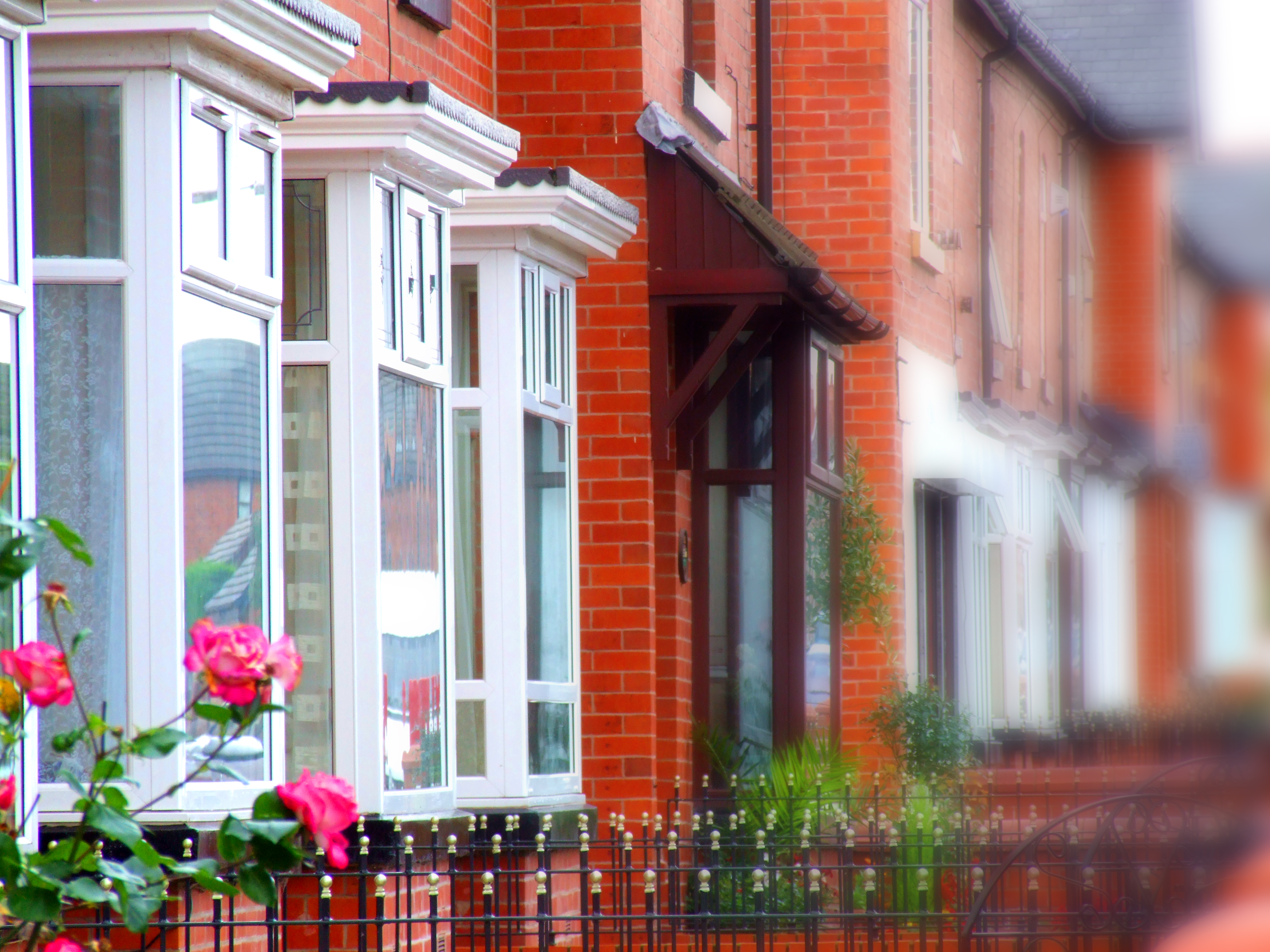First-time Buyer
Housing market finishes on 6.5% growth in 2016 but slowdown predicted

House prices rose 6.5% year-on-year in the final three months of 2016, driving up the value of the average UK home to £222,484, Halifax research reveals.
It was the second consecutive month of annual house price rises after a dip in October, when prices grew by 5.2%, but still a way off the 10% annual rise seen in March.
Looking across all measures, house prices rose by 2.5% quarterly and by 1.7% monthly.
Despite house price growth finishing strongly in 2016, demand for property is expected to reduce this year as economic growth slows and employment levels and spending power are put under pressure.
Halifax’s housing economist Martin Ellis said economic uncertainty in 2017 would lead to a slowdown in annual house price growth to between 1 and 4% by the end of the year. Ellis added that the shortage of properties for sale, low levels of housebuilding and exceptionally low interest rates would continue to support prices.
Ben Madden, managing director of London estate agents Thorgills, said: “While annual house prices have failed to return to the lofty heights recorded during the pre-Stamp Duty rush of March, 6.5% growth at the tail-end of such a tumultuous year is far better than anyone would have expected.”
Luton saw the biggest rise in house prices in 2016. The average house price in the Bedfordshire town was 19% higher than the previous year, rising from £214,934 to £256,636. The easy commuting distance to London and relatively low property prices have helped to boost its popularity. The outer London borough of Barking and Dagenham experienced the second biggest rise in average house prices with growth of 18.6%. Dunstable, a neighbour of Luton, ranked third among the UK’s top performing towns and cities for property price rises.
Madden added: “London’s significance as a global hub for employment and business has continued to be a catalyst for house prices in satellite towns – as Luton and nearby Dunstable proved to be amongst the star performers for property price increases in 2016.”
Home sales in the three months from September to November were 9% lower than in the same period last year, according to transaction data from HMRC, but are expected to finish 2016 at broadly the same levels as 2015 and 2014 at £1.2m.
Mortgage approvals, however, ticked up again in between October and November with a slight rise of 0.2% after a 6% rise from September to October which is a good indication that home sales could increase over the coming months.